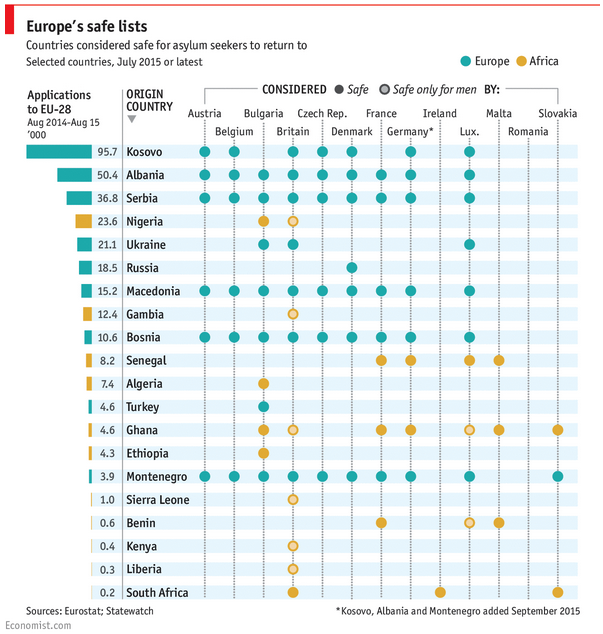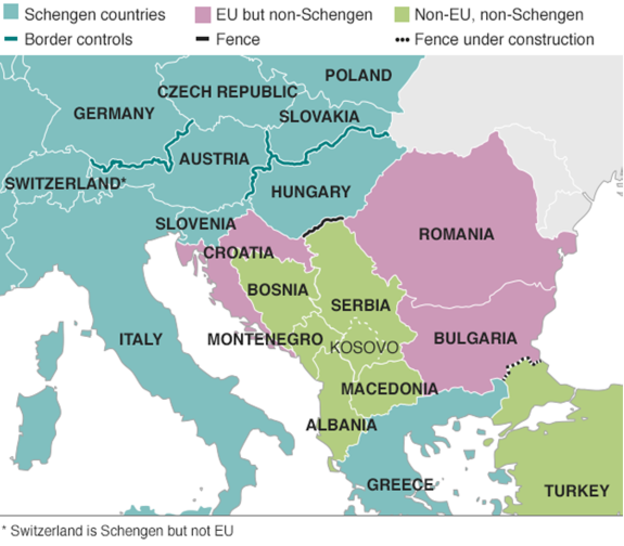Another week, more combat and refugees in Ukraine. I’m going to try and hold the war update until tomorrow pending some news that hasn’t been confirmed yet: the fall of Mariupol. Instead, we’re going to again look briefly at the refugee situation in Ukraine—technically outside. I haven’t seen a recent number on the internally displaced, though we have begun to see some people return to Ukraine especially in the north and around Kyiv. It’s unclear to me if the data includes those people returning.
Regardless, we are at over 4.6 million Ukrainians who have fled Ukraine.

The question now is as Russia refocuses its effort now on the Donbas—though fierce fighting has been waged in the area for eight years now—will these numbers begin to see a notable change.
Credit for the piece is mine.



